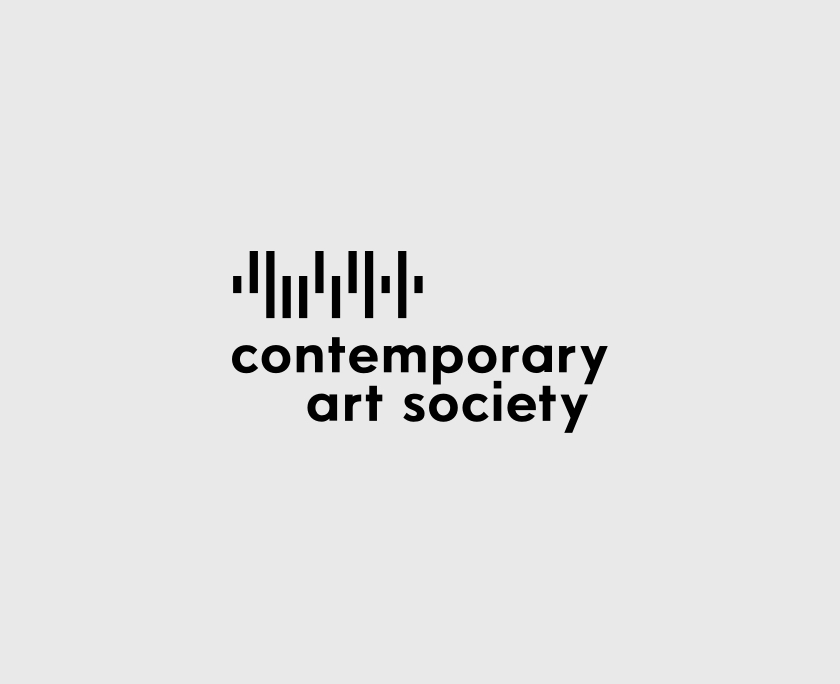Alison Wilding OBE, RA was commissioned by an anonymous donor in 1988 to produce a series of sculptures based on the theme of the sixteen scenes of The Passion of Christ. In 2002 eight completed sculptures were given to the Contemporary Art Society, with support from the Henry Moore Foundation, and were distributed to collections throughout the UK. The series was called Contract (1989-2000), with reference to the agreement between the artist and her patron: Cold Face (1997), Leeds Art Gallery; Red Skies, (1992), Manchester Art Gallery; Deep Water (1989), The Whitworth Art Gallery, University of Manchester; Assembly (1991) and Harbour (1994-96), Tate and Seal (1990), Disposition (1999) and Inversion (2000), Arts Council Collection. They were shown in an exhibition Alison Wilding: Contract at the Henry Moore Foundation Studio Dean Clough, Halifax, Yorkshire, 16 October 2000 – 4 March 2001.
Harbour (1994-6) is based on The Deposition, the taking down or descent of Christ from the Cross after the crucifixion. It suggests compassion, protection and dignity after the event. Wilding was inspired, after overlooking the mouth of the River Wear in Sunderland, by how a harbour protects and acts as a shield or embrace, enclosing a place of safety. In 1994 she obtained the last two dressed blocks of Staffordshire alabaster from the Fauld mine before its production ceased. The choice of material was symbolic referencing the Biblical story of when a woman emptied the contents of an alabaster vessel of precious ointment over Christ, incurring the disciples’ wrath because of the waste but Christ forgave her, however, as he said that she had prepared his body for burial. Wilding, with Adam Kershaw, her assistant, cut the two pieces into eight smaller blocks, which were assembled into an approximate cube whose interior was excavated into a vortex. The sides of the vortex are partially stepped and a black cast silicone rubber ‘wave’ flows from the top face of Harbour into its internal space culminating in the form of a bowl.
Assembly (1991) is based on The Last Supper. Wilding brings together black steel with translucent plastic sheets (PVC), reminiscent of a large table but also, as the artist has said, resembling ‘a pair of scales, a balance between light and dark, a potential trajectory into blackness and despair.’ The two forms in Assembly arise partly from the idea of monocoque (French for "single shell") construction, uses the external skin of an object to support some or most of the load on the structure. The trio at the Arts Council Collection Seal (1990) corresponds to The Entombment, Inversion (2000 to The Betrayal and Disposition to Christ before Pilate. Red Skies (1992) at Manchester Art Gallery alludes to the hours before dawn on the day of Christ's Crucifixion, when he prayed in the Garden of Gethsemane. It is darkly-patinated steel cone containing yet revealing a hollow column of transparent red acrylic and within its dark interior floats a brass globe covered in enigmatic bumps and markings, like a magician’s occult signs.


